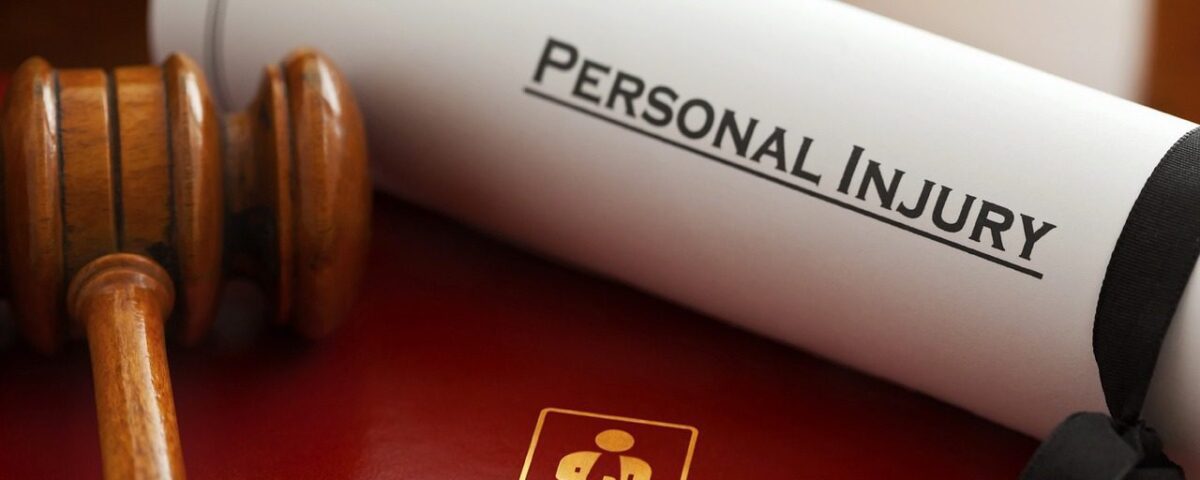By Estephen Bugarin
Introduction
Negligence is a legal wrong whereby one party has failed to take proper care of something, leading to an injury. It is also a tort, which is a situation where one party commits a wrongful act or infringes on the rights of another party. As a result, the affected party will be afforded the right to damages caused by the negligence. One instance of negligence may be in the context of a customer service provider where they have breached their duty. Negligence may occur when a service provider has breached their duty. For example, an at-home disability support worker may have neglected to look after their client properly. These duties are entrusted either by way of writing or implied under what is expected of the service provider to do.
Personal injury is one of many causes of actions that may arise out of the negligence of a party and this article will bring to light a general guideline of your rights if you feel as if you are owed damages pursuant to a claim of personal injury.
Elements for Claim of Negligence
The key to a claim of negligence continues after establishing a breach of duty of care. The damages accrued because of the negligent action must also be quantifiable enough to proceed with a claim. For example, if a negligence claim stands but the damages are only nominal (where there is a violation of rights but no discernible harm), costs arising out of the claim may discourage pursuing the negligent party.
The general elements to test for damages are as follows:
- The cause of action;
- Causation;
- Remoteness;
- Apportionment; and
- Assessment of damages.
Cause of Action
Firstly, as discussed above, paramount to a claim against a wrongful party, one must establish whether there has been an infringement of the claimant’s rights or a wrongful act. In this article, this pertains to negligence, however, these steps are relevant to other torts.
Causation & Remoteness
Negligence in the assessment of causation and remoteness are vested under statute rather than exclusively under common law. Pursuant to section 5D(1) of the Civil Liabilities Act, subsections (a) and (b) concern the factual causation and remoteness of the negligent act respectively.
To prove these two elements, the classic ‘but for’ argument held in Adeels Palace Pty Ltd v Moubarak [2009] HCA 48 must be established and whether the damage is within the ‘scope of liability’ of the defendant. This means that the injury of the plaintiff would not have happened but for the negligent act of the defendant. For example, when there is construction in a specific area, it is expected that hazard signs are visibly placed to avoid or take caution in a construction zone. Causation would apply if, in the event, an inadequate amount of hazard signs were placed and as a result, an injury occurred.
The second element, remoteness, examines whether the injury itself has been within the scope of liability of the negligent party. In other words, is the defendant responsible for the damage caused by their negligence? This may appear counterintuitive, however, it is essentially a question of whether it is appropriate for the defendant to have minimised the risk of harm, as held in Wallace v Kam [2013] HCA 19. For example, if a person enters a hazardous area without the necessary equipment such as a helmet, the posting of hazard signs will do no more than to notify the dangers. Particularly, while it is appropriate for a construction worker to notify the harm in the hazardous area, it is not their appropriate responsibility if a person chooses not to exercise caution such as wearing a safety helmet.
Apportionment
In this instance, the assessment is whether the plaintiff has minimised the result of damage. For example, whether the plaintiff took extra caution when entering a construction zone, whether they wore the necessary equipment, and whether they purposefully traversed to dangerous areas etc.
Assessment of Damages
In the event the preceding four steps have been established. The final assessment is to assess the quantifiable value of the damage.
The question would be whether the damages, when quantified into money terms, is reasonable enough to pursue a claim. Many circumstances are considered in this final assessment, including but not limited to:
- Pain and suffering of the plaintiff.
- Has the damage resulted in a loss of earning capacity?
- Aggravated or exemplary damages when relevant.
Conclusion
In summary, negligence is a legal concept that encompasses a breach of duty of care that leads to injury or damages, and as a tort, it affords the injured party the right to claim for damages. The claim for negligence in the context of personal injury involves a rigorous examination of multiple elements including the cause of action, causation, remoteness, apportionment, and the assessment of damages. It is important to note that a successful claim does not merely stop at establishing a breach of duty; the damages must also be quantifiable and reasonable enough to warrant a legal claim. The process is complex, requiring a nuanced understanding of both common law and statutory regulations.
This article is not meant to act as legal advice and serve the purpose of providing academically generalised information regarding the general principles of negligence and claim for damages. If you require qualified legal advice on anything mentioned in this article, our experienced team of solicitors at Foulsham & Geddes are here to help. Please get in touch with us on 02 9232 8033 today to make an enquiry.

